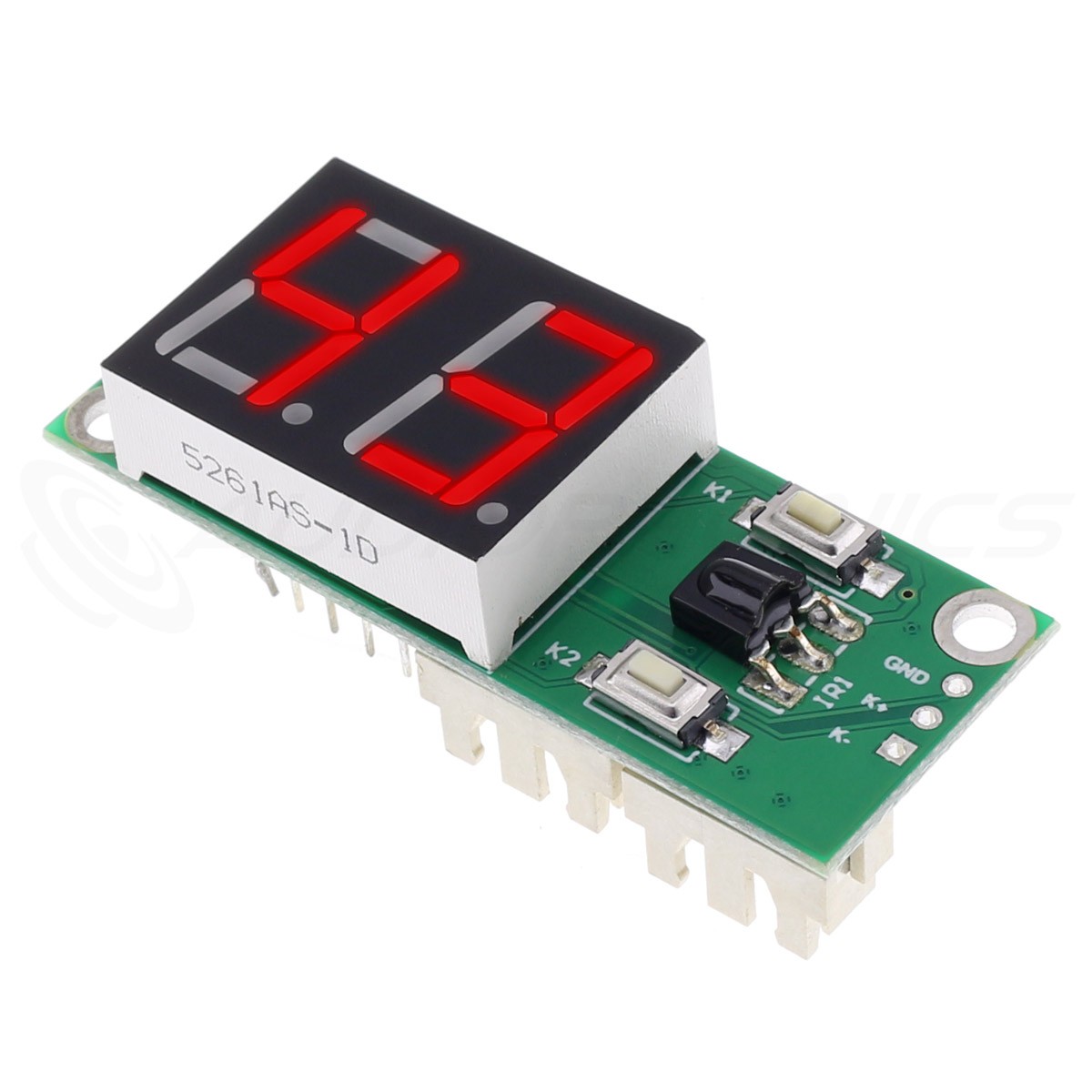

The Frequency knob is called a sweep.The mixer below has one sweepable band. A sweepable control is one that has a pair of knobs: one chooses a frequency to boost or cut, and the other sets the boost or cut. Semi - Parametric: Usually a 3 or 4 band (Low, Low-mid, High-mid, High) containing at least one sweep.

2-3 Band: Consists of bass and treble knobs or Low - Mid - High knobs. Sometimes called contour, and usually found on very small mixers. Tone Knob: One knob that, when turned clockwise boosts high frequencies and lowers low, and vice versa. The EQ section of most mixers will be located right under the gain control, and can consist of anything from 1 to 13+ knobs or 3 to 33 sliders. One would set your fader or output volume control to 0dB and alter the gain until the meter says the sound is at 0dB.įor those of you who are new to audio, equalization refers to the control (boosting, cutting) of certain frequencies to achieve a better sound or to eliminate feedback or unwanted noises. This is done if you have a VU meter, which tells you how loud the output sound is. A common use for gain is to sort of even out or normalize the signal (calibration). If you don't know what those are, don't worry: I'll explain them later. Additionally, any gain changes will also affect the sound in the monitors or other auxes, so be careful. Gain should be used just like any other control knob: to set the kind of sound you want and the quality, not volume. Using Gain Many people make the mistake of mistaking gain for volume. A high gain will be more sensitive to quieter signals like soft overtones and even spit pops in microphones. For this reason, it is sometimes labeled as Sens., for sensitivity. It's like survival of the loudest, and the trim sets the bar on how present a signal must be to get into the mixer. Because of the way a sound signal is composed of several different sounds at different volumes mixed together, the gain will naturally eliminate some of the very quiet signals unless it is set very high.
#Sound control boards full
Put simply, the gain knob sets the "input volume." Think of a water faucet: a full water "signal" comes in through the pipe (input cord), and the faucet itself (gain control) sort of limits the amount coming into the sink (mixer). On any good size mixer there will be a knob at the very top (first one in the strip) labeled "Gain" or "Sens" or "Trim." These are all the same thing. These are what you will see if you want to "run sound" for a church or venue or record music of bands, etc.

The first thing you need to know is that I will be dealing with moderate to large mixing desks and sound boards, with at least 10 channels (available inputs) or more. But here,I will explain what these knobs do, and you will actually find them to be overwhelmingly simple. When a new sound guy looks at a mixer for a large church, per se, he may feel overwhelmed by the oceans of knobs that may or may not be there. The vast majority will have volume or "level" controls on each input, or "channel." A great many still will have a variety of controls on each channel, from gains or trims to EQ and aux'es and buses and PFL's and more don't worry though - I will go through each of these at least briefly. It is pretty much universal that mixers will have at least a volume control on the output. I will start with the absolute basics: What is a mixer? A mixer, in its purest and simplest form, combines or meshes an array of inputs into a few controllable outputs (hence the name, MIXer). In this instructable I am going to go through all the control features found on most mixers (mixing consoles, mixing desks, audio consoles, soundboards - they all refer to the same thing).


 0 kommentar(er)
0 kommentar(er)
